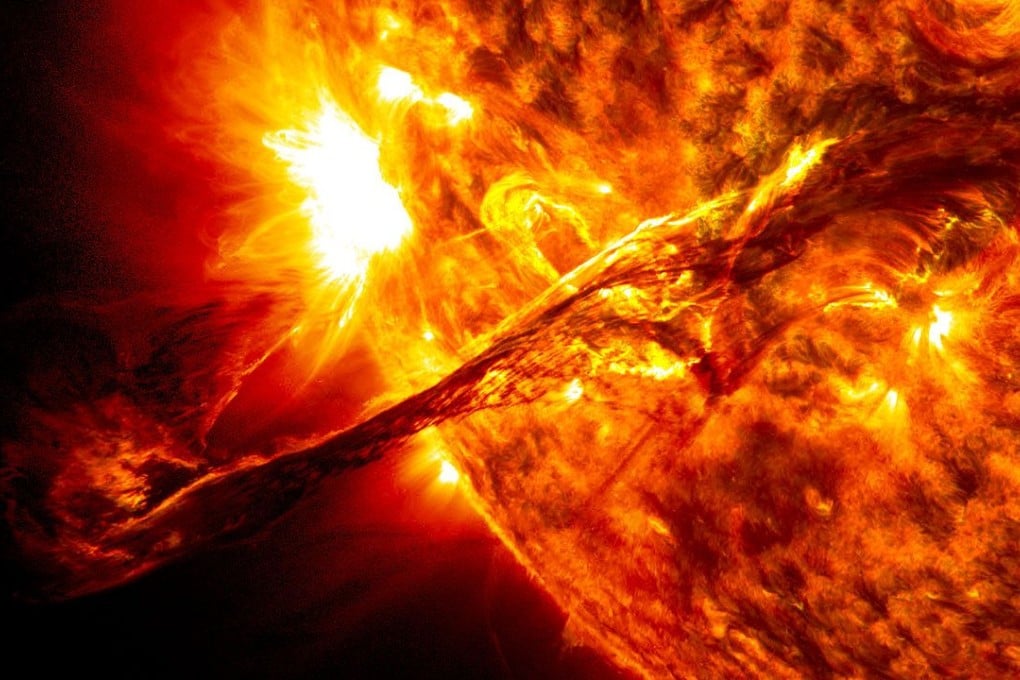New dawn: Chinese scientists move step closer to creating ‘artificial sun’ in quest for limitless energy via nuclear fusion

In a doughnut-shaped chamber in eastern China, scientists have been able to produce hydrogen gas more than three times hotter than the core of the Sun using nuclear fusion - and maintain this temperature for 102 seconds.
The breakthrough puts China one step ahead in the global race to harness a new, artificial kind of solar energy for clean and unlimited energy, the researchers claim. This has become a pressing concern as more of the earth’s natural reserves are rapidly depleting.
The experiment was conducted last week on a magnetic fusion reactor at the Institute of Physical Science in Hefei, capital of Jiangsu province, according to a statement on the institute’s website on Wednesday.
The reactor, officially known as the Experimental Advanced Superconducting Tokamak (EAST), was able to heat a hydrogen gas - a hot ionised gas called a plasma - to about 50 million Kelvins (49.999 million degrees Celsius). The interior of our sun is calculated to be around 15 million Kelvins.
According to this thermodynamic scale, absolute zero occurs at zero degrees (equivalent to minus 273.15 degrees Celsius), a point at which all molecular movement stops.